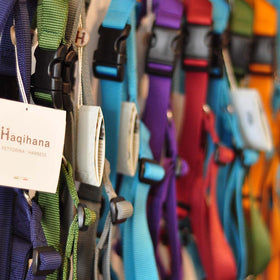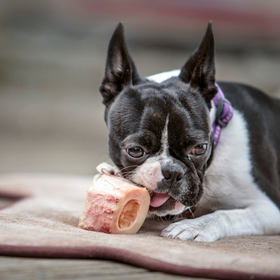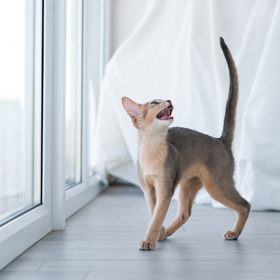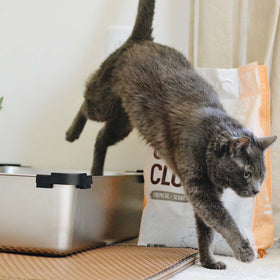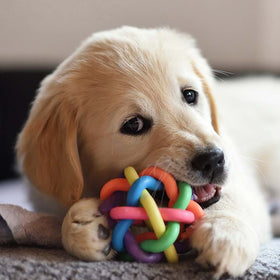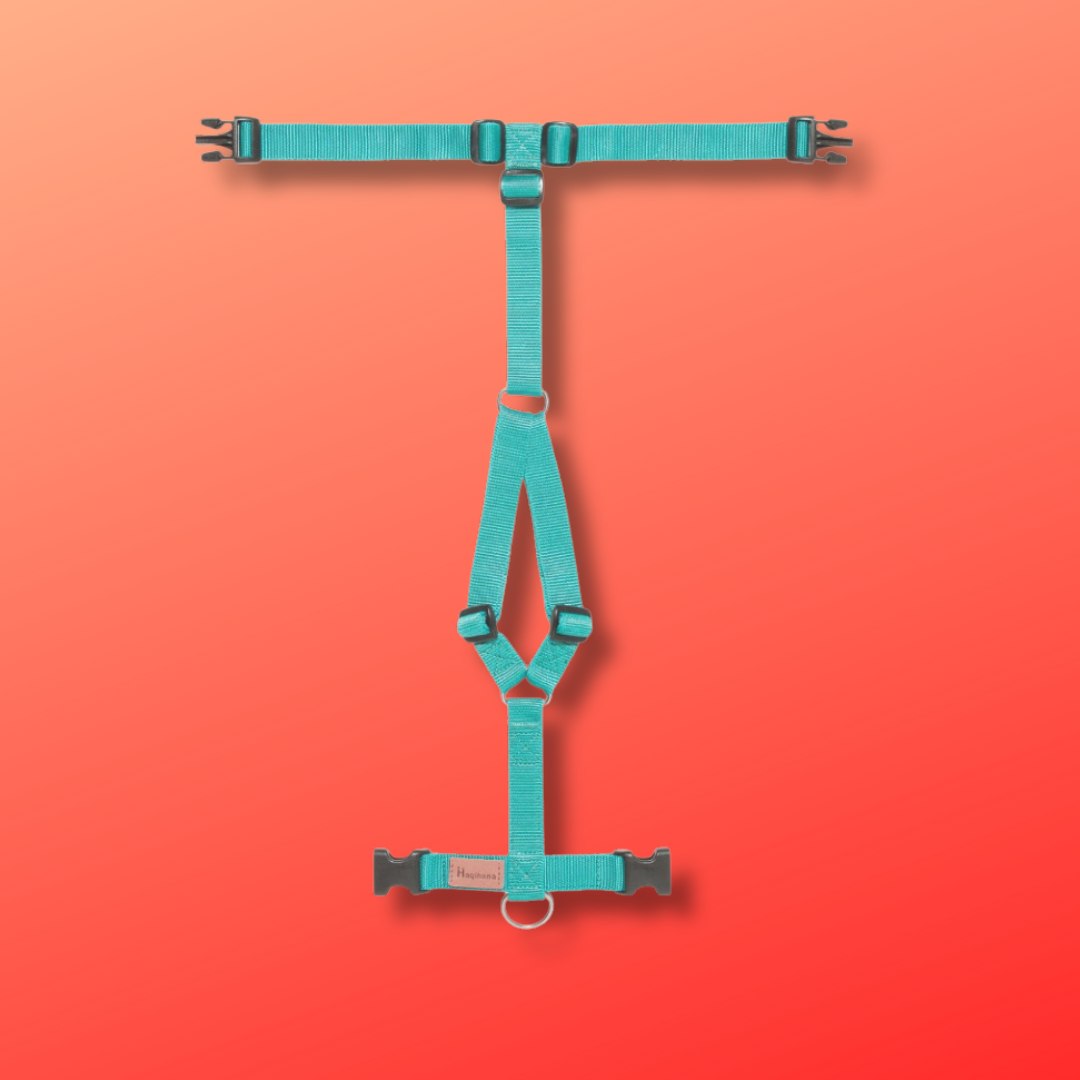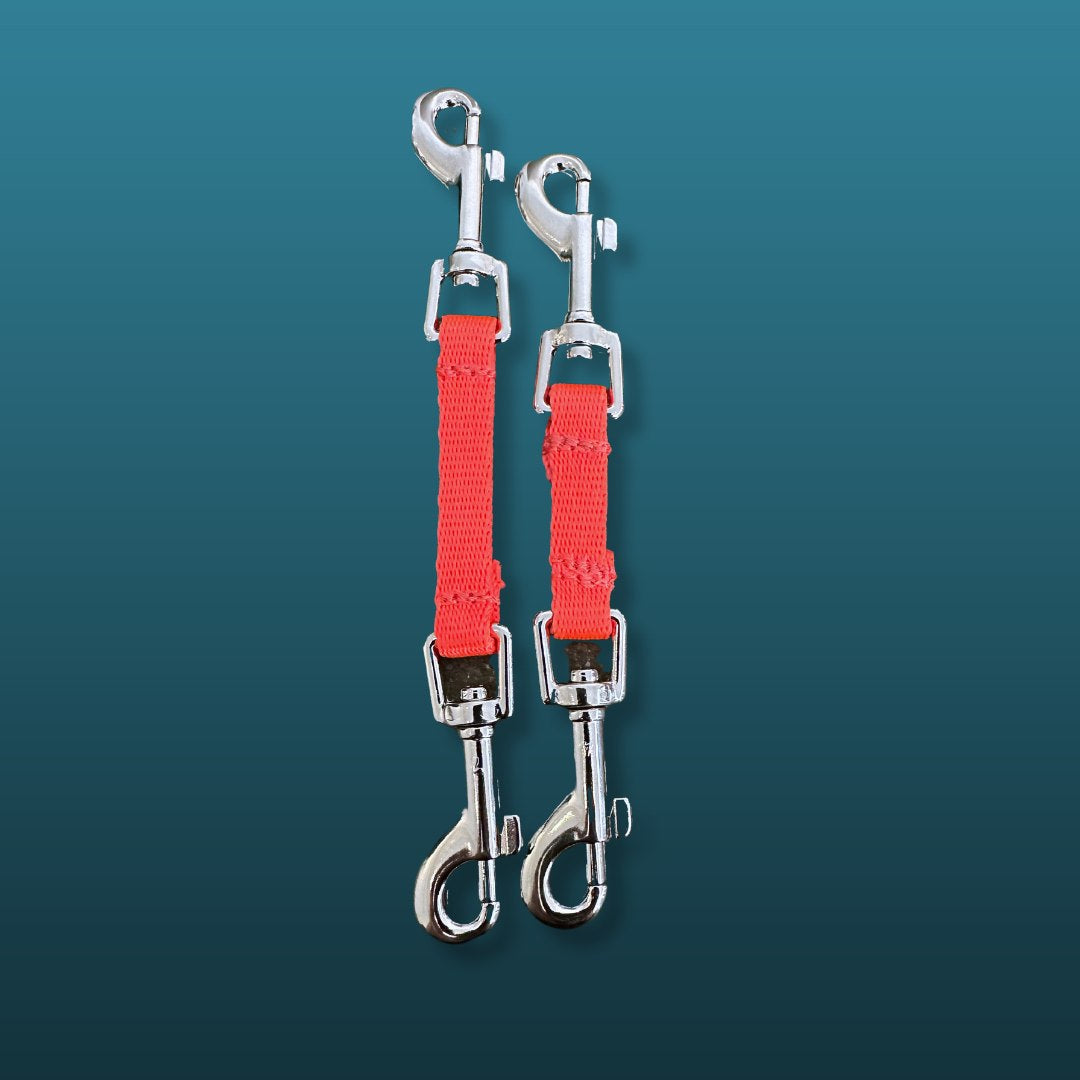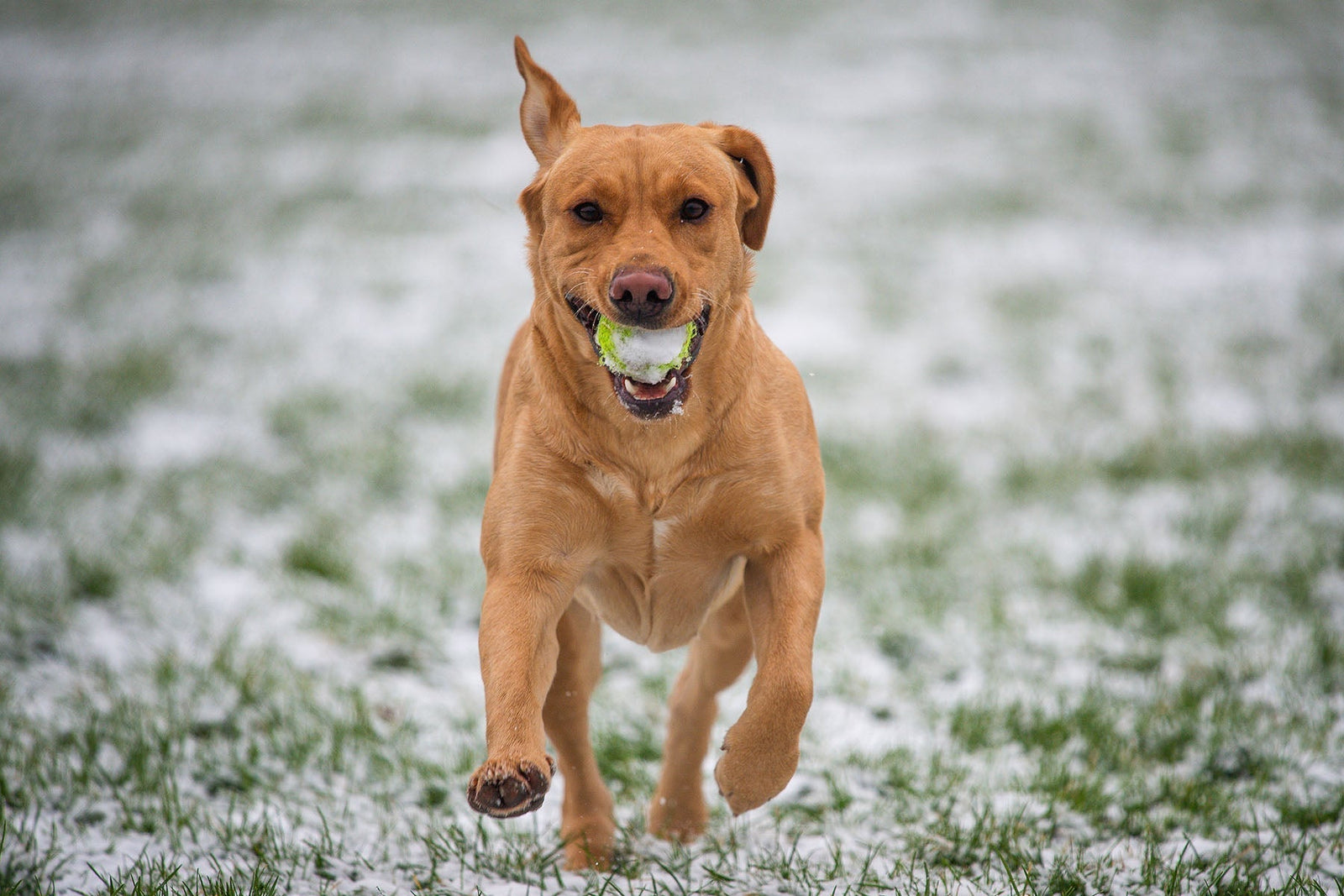
Fetch: Why We Do It and Why We Shouldn't
If you’re running your dog everyday but they’re still over-excited, anxious, restless, destructive, or bored, this is a must-read!
Regular trips to the park to chase a ball may seem like a great way to burn off some of your dog’s energy, but most of us aren’t aware of the impact it can have on their quality of life. Over-exercising your pup in any form is detrimental to both their psychological and physiological health.

Psychological Damage
When we make our dogs chase a ball each day, fight or flight hormones (adrenalin and cortisol) are released into their bodies as a means of boosting muscle power to assist with the catching of prey. But your dog’s body doesn’t distinguish between a simulated experience and a natural one.
With prey felled and eaten, a dog would typically sleep for a number of hours to allow the elevated hormone levels to diminish. So when a dog is made to chase ball over and over with no rest, the associated hormones can take days to break down and leave the body. This creates a condition of chronic stress, leading to loss of brain cells and a lowered ability to cope with the world around them.
The idea that a happy dog is one with their tongue hanging out who now has before them a day of sleeping in the home is fundamentally inaccurate. The truth is that dogs can’t sleep properly with these hormones coursing through the body, and dogs require more sleep than you may think.
Additionally, if a dog is already anxious about being left alone, this combination of anxiety and adrenaline will only make their situation more unbearable.
Why We Fetch
Many dog owners seem to intuit with relative ease that a happy dog is one that’s physically exhausted. And the quickest, most convenient way to achieve this goal is by engaging our animal in a game of fetch. So, on a daily basis, we run our dogs ragged without considering what they actually need.
Playing fetch doesn’t require much training: chasing is an instinctual drive, and one that all dogs possess because they’re hardwired to detect movement so they can chase and hunt, thereby ensuring survival.
But observe street dogs and how often they run and chase versus walk and rest. The former is minimal when dogs are given a choice.
Physical Damage
Young dogs are especially vulnerable to irreversible damage due to their underdeveloped muscular and skeletal systems being pushed past their limits so early in life. And as dogs mature, they become far more prone to torn ACLs and neck injuries from repetitive strain. To repair these is usually costly and painful.
Muscle strength is built by walking. (A walking gait is a four-step gait with each paw touching the ground separately.) Strength is built gradually by increasing the duration of the walks as they progress through their young life stages.
Alternatives
We need to understand what it is dogs truly need and to shift the focus from harsh physical exercise to stress-busting activities that give them a mental workout.
There are many ways to exercise your dog without physically wearing them out. By putting the focus on mentally stimulating activities like loose-leash walking, treat searches, and other nose work, we’re allowing our dogs to behave like dogs, allowing them to grow into well-adjusted and healthy animals.
Dogs are curious by nature and they love to explore. We should build on these principles. Slow, loose-leash walks allow your dog the freedom to move around and investigate their environment, and the mental stimulation gained from sniffing is vitally important, as it decreases stress and improves confidence and coping skills.
A Challenge for the Addicts
Put away the fetching tools for two weeks. Replace them with longer, slower walks, allowing your dogs to stop and sniff. Go to the park and find a place to rest and observe the world going by. At home, set up treat searches indoors or in the yard. Create an easy course at first and increase difficulty as their searching skills improve. If space is tight or you want to limit the search area, get a blanket and fold/roll treats into it.
There’s no need to amp your dog up for this; just set up the search and let them discover the fun. You’ll end up with a dog who’s calmer, happier, less anxious, and easier to train!

